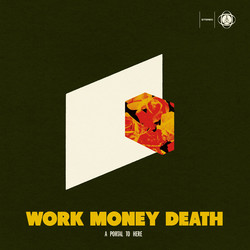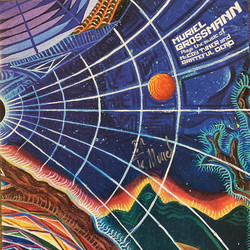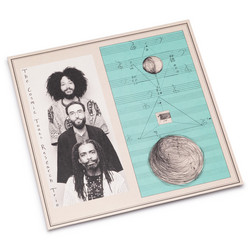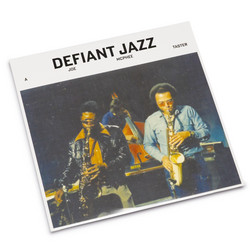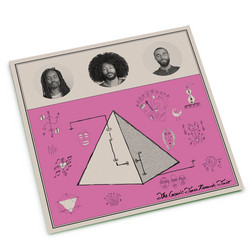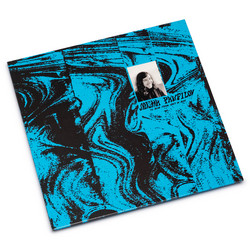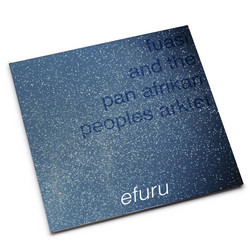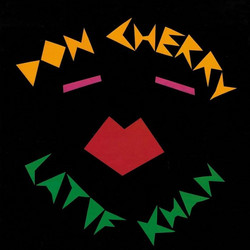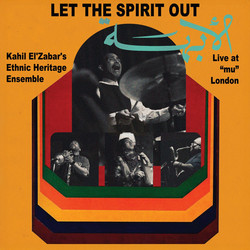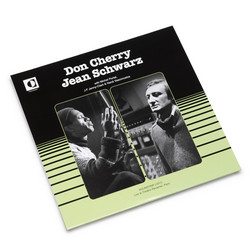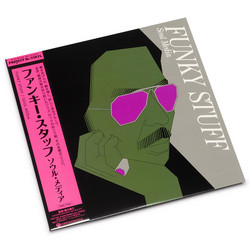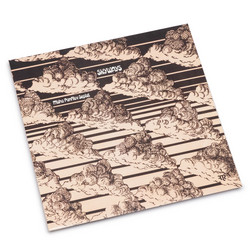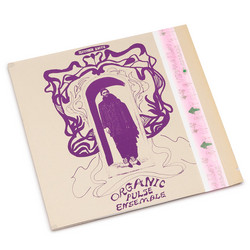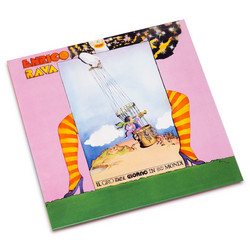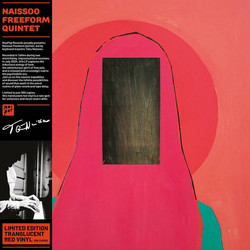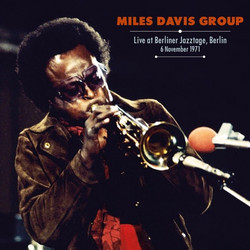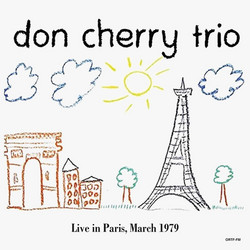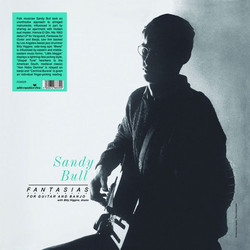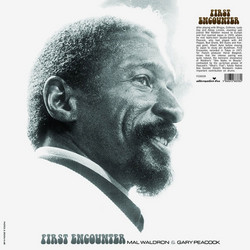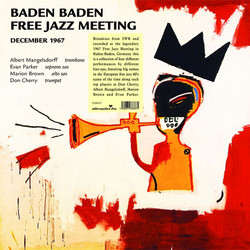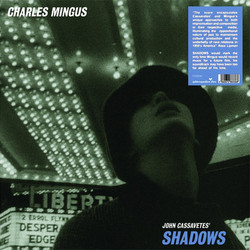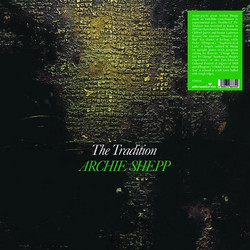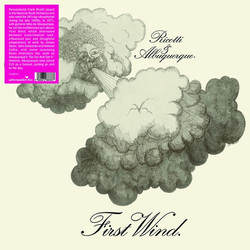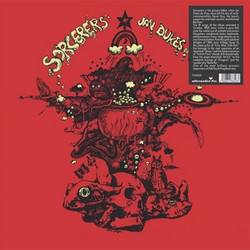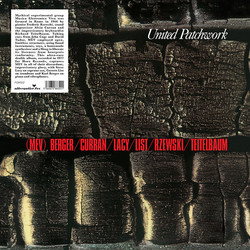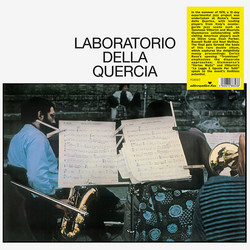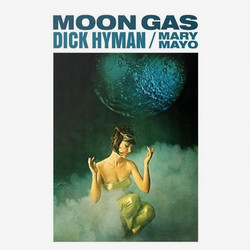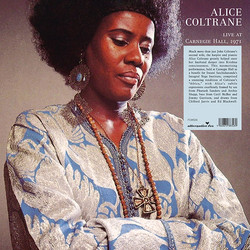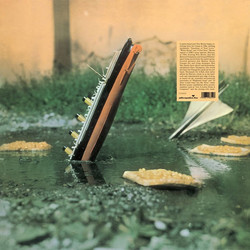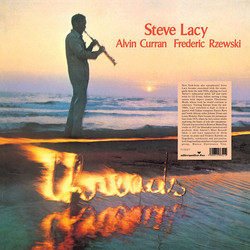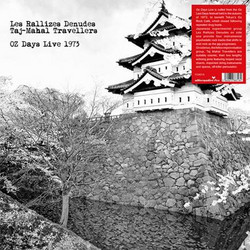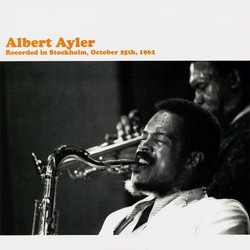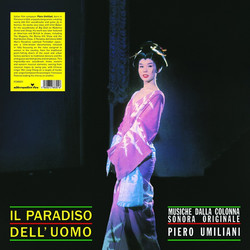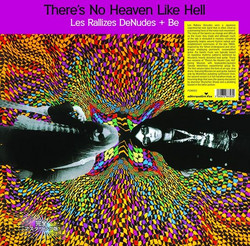Mary Lou Williams
Black Christ of the Andes (LP)
Pianist and composer Mary Lou Williams played with nearly every major jazz performer during her long, illustrious and varied career, in addition to recording many solo works. Born Mary Winn in Atlanta in 1910 and raised in a 'shotgun shack', where local musicians gathered to jam, she played by ear from a tender age and learned the boogie-woogie style upon moving to Pittsburgh with her older sister Mamie. While still in high school, Williams toured with the Theatre Owners’ Booking Association, bringing her into the orbit of Earl Hines, Louis Armstrong and blues singer, Irene Scruggs, among others; later, based in Kansas City during the 1930s, she began composing and recording solo work. After a stint at the Cotton Club, she formed a combo in Pittsburgh that featured Art Blakey, but was soon recruited by Duke Ellington and once back in New York, began jamming with Thelonius Monk and Charlie Christian at bop hotbed, Minton’s Playhouse. Art Tatum, Count Basie... you name it, she played with them! Black Christ of the Andes is easily one of the most individual albums created by Williams, or anyone else in jazz, for that matter; recorded in New York in late 1963 and first issued on Williams’ own Mary Records, the album has jazz explorations of divine concepts, delivered with suitably complex arrangements; Anima Christi and Praise the Lord both feature soaring assembly by Melba Liston, The Devil and the title track have elaborate choral voices from the Howard Roberts Singers, and instrumentals such as Miss D.D. and A Fungus Amungus use her expert piano skills to shock, titillate and provide light relief.
